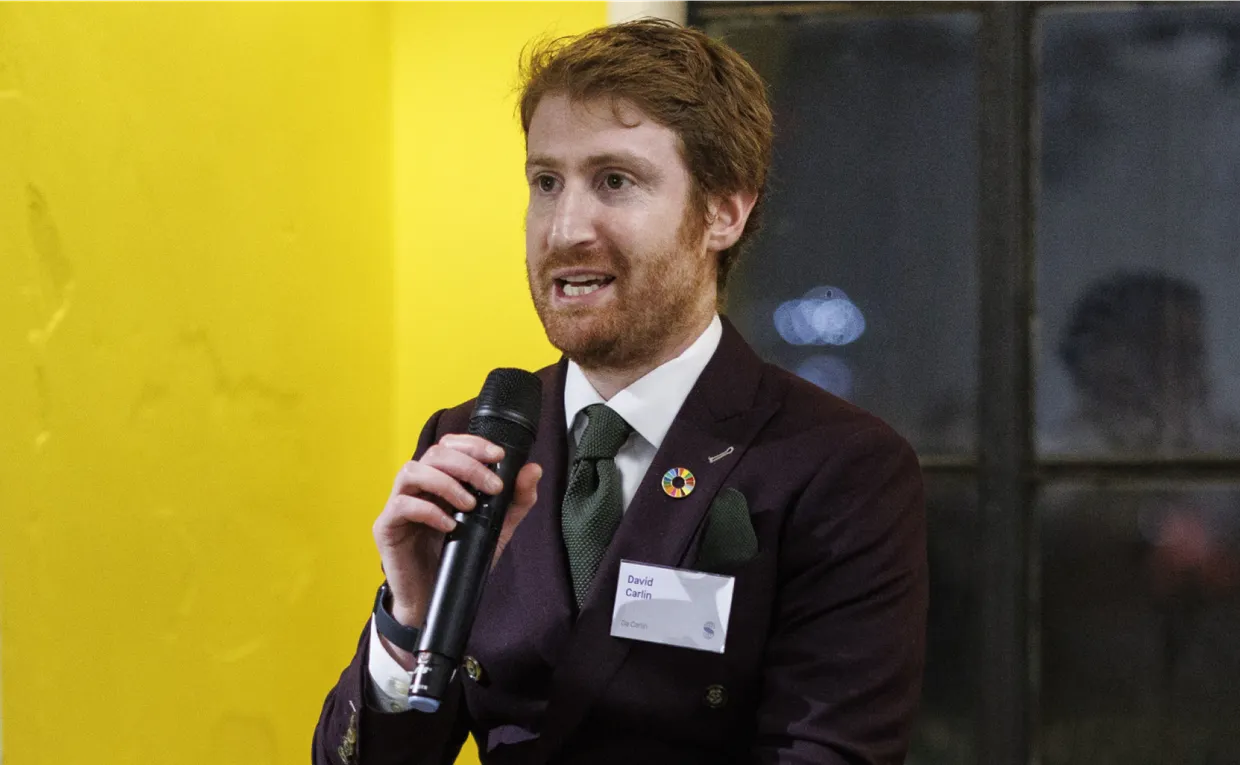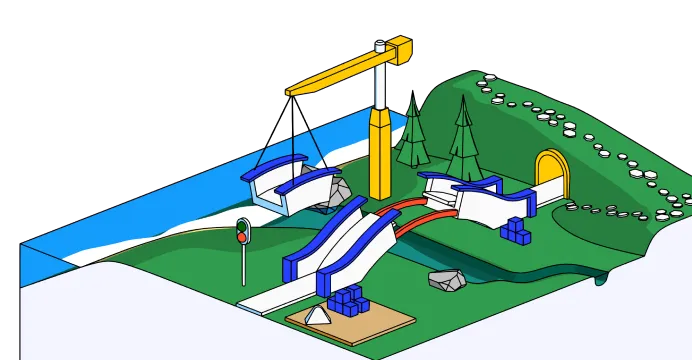1. Educate internally
Too many companies skim the headlines without understanding what’s changing—and how it impacts them. Carlin stresses the need for “the right briefings from the top level on down.” That means deep knowledge of frameworks like the CSRD and ISSB—not just in concept, but in practical terms.
Sustainability is now a strategic issue. Finance, legal, operations, and leadership all need to understand how regulations shape risk, reporting, and long-term value.
2. Think globally
“Even if you’re not directly caught up in complying with legislation right now, you’re going to be affected—either through your clients, suppliers, or partners who are,” Carlin warns.
In a global economy, regulatory reach extends beyond borders. If your customers or investors are bound by new rules, your business will be expected to deliver ESG data too.
And when regulations slow, the result isn’t less pressure—it’s more fragmentation. “When we back off on regulation, what we do is just shift the burden down to individual companies,” Carlin says. “So look for more data requests, not fewer.”
3. Plan long-term
“Waiting around is like trying to write a doctoral thesis overnight. It just doesn’t work,” Carlin says.
Developing sustainability capabilities—credible data systems, trained teams, new governance—takes time. Delays in regulation aren’t a pass. They’re a second chance.
What businesses should do next
- Launch internal sustainability briefings
- Map your regulatory ecosystem—clients, suppliers, markets
- Invest in data systems and training
- Draft a multi-year sustainability roadmap
Companies that wait for “certainty” before acting are setting themselves up for failure. Those that prepare now—will be ready to act with agility when new rules hit.
Data is at the heart of effective preparation
Carlin emphasizes that robust, reliable data underpins every aspect of sustainability readiness:
- Accurate reporting: Meeting CSRD and similar requirements demands high-quality emissions and risk data.
- Risk modeling: Detailed analytics reveal hotspots—whether supply-chain vulnerabilities or emerging climate threats.
- Strategic foresight: Data-driven insights guide investment, operations, and product innovation in a changing world.
“Right now, companies see data as a checkbox. The next step is using it to improve our models—so we’re not guessing, but aiming with precision.”
Building the right data infrastructure today means faster, more confident decisions tomorrow.
“This pause is a gift,” Carlin says. “Use it.”




